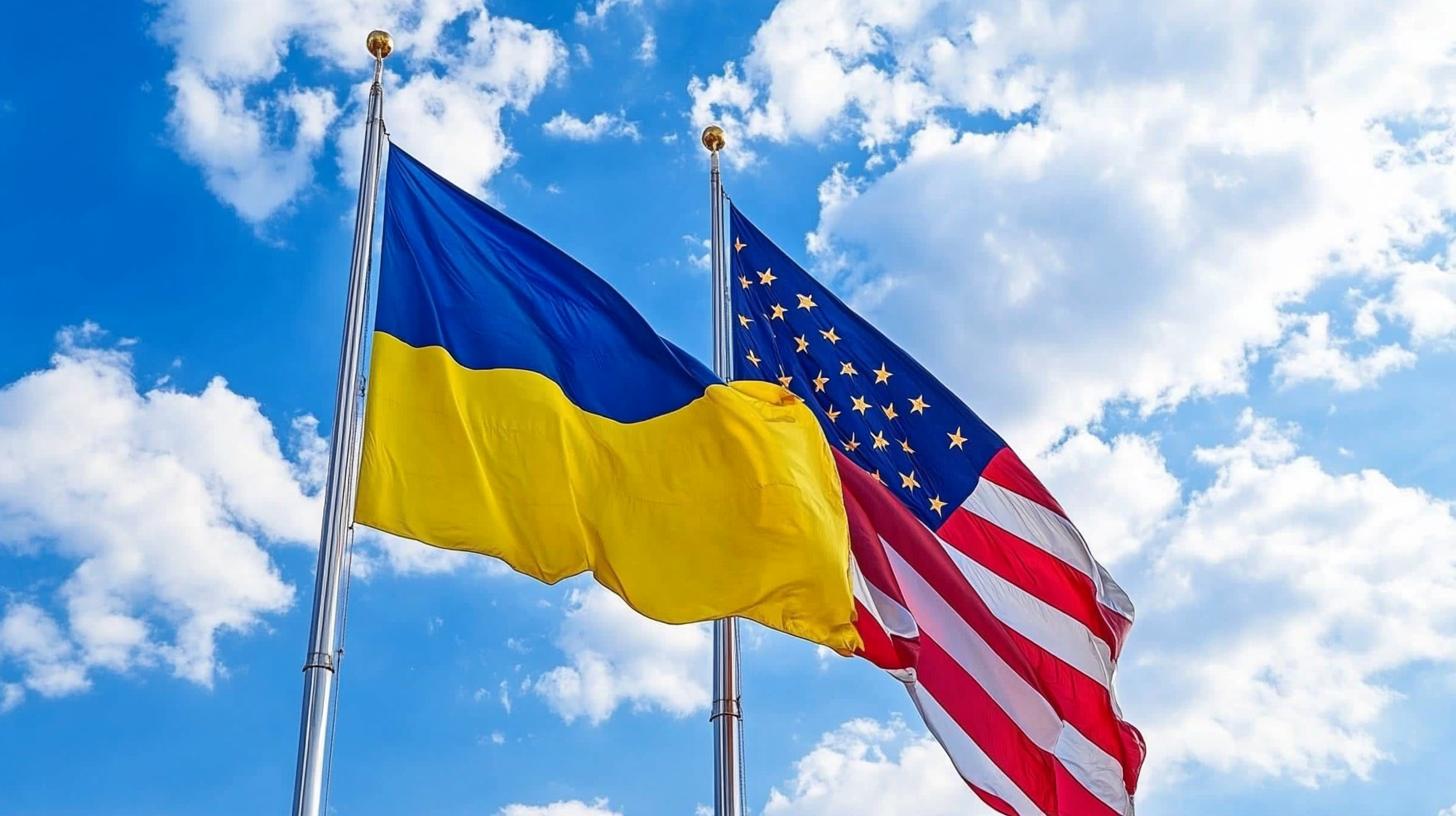Athletes hold a great deal of influence and their actions can have far-reaching consequences. While the recent incident involving a professional baseball player’s use of an anti-gay slur resulted in a suspension, the repercussions extend beyond mere punishment.
Instances of hateful language not only tarnish the image of the individual but also have a profound impact on the LGBTQ+ community, particularly young members who may be more vulnerable to such hostility. The importance of fostering inclusive environments cannot be overstated, especially in sports where all participants and fans should feel welcomed and respected.
Organizations like The Trevor Project play a crucial role in supporting LGBTQ+ youth and combating bigotry. By promoting acceptance and providing resources for those in need, they contribute to creating safer spaces for LGBTQ+ individuals.
It raises pressing questions about accountability within sports teams. While some organizations may have taken steps to show support for LGBTQ+ rights, instances of discriminatory behavior among players expose underlying issues that need to be addressed.
Efforts to educate athletes and foster a culture of respect and understanding are essential in preventing such incidents in the future. It is imperative for sports organizations to uphold values of inclusivity and actively combat prejudice to ensure a safe and welcoming environment for all individuals.
Exploring Further Impacts and Considerations on Athlete Behavior and LGBTQ+ Youth
Athlete behavior continues to be a significant influence on society, especially concerning LGBTQ+ youth, highlighting a need for ongoing discussion and action. While the recent incident involving a professional baseball player’s suspension for using an anti-gay slur sheds light on the issue, there are additional aspects to consider.
What are the key questions surrounding athlete behavior and its impact on LGBTQ+ youth?
1. How do negative actions by high-profile athletes affect the mental well-being of LGBTQ+ youth?
2. What role should sports organizations play in addressing discriminatory behavior within their ranks?
3. How can educational efforts be enhanced to promote inclusivity and respect among athletes?
4. What long-term effects might instances of bigotry in sports have on the LGBTQ+ community as a whole?
Key Challenges and Controversies
One of the main challenges is the entrenched culture within certain sports that may tolerate or even perpetuate discriminatory attitudes. Overcoming this requires systemic changes and a collective commitment to inclusivity. Controversies often arise when balancing freedom of expression with the responsibility not to propagate harmful stereotypes, posing a delicate ethical dilemma for athletes and organizations.
Advantages and Disadvantages
Advantages of addressing athlete behavior’s impact include fostering a more welcoming environment for LGBTQ+ youth, promoting positive role modeling, and building a more inclusive sports culture. However, disadvantages may emerge in the form of backlash from individuals resistant to change or facing conflicts between personal beliefs and professional responsibilities.
It is imperative for athletes, sports organizations, and society at large to address these complexities proactively to ensure a safe and respectful environment for everyone, regardless of their sexual orientation or gender identity.
Suggested related links:
– The Trevor Project – For information on supporting LGBTQ+ youth and combating bigotry.









